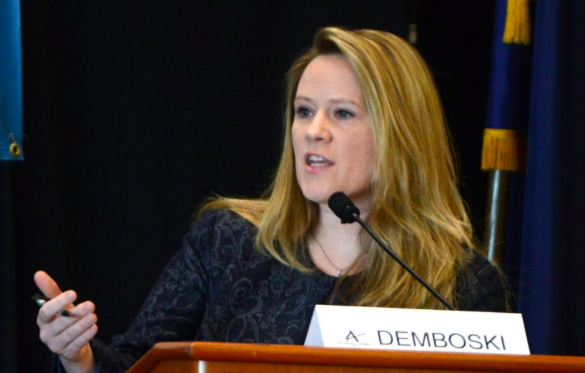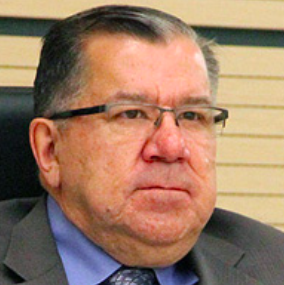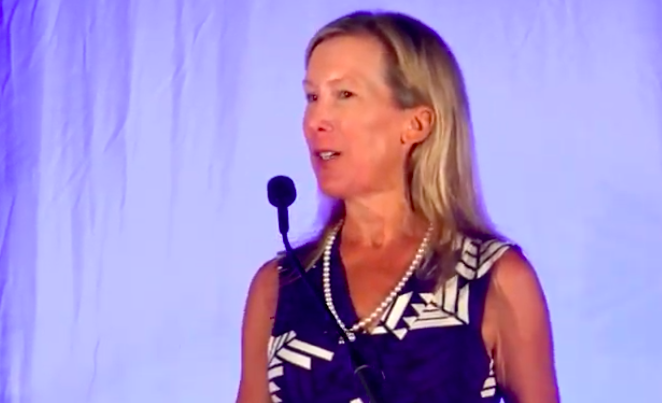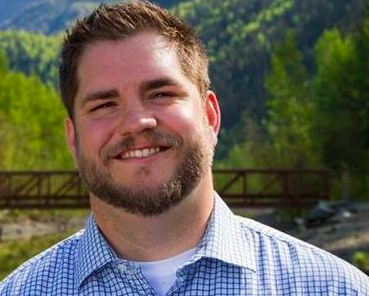A MEMO THAT DESCRIBES HOW TO AWARD POLITICAL JOBS
By ART CHANCE
SENIOR CONTRIBUTOR
A “concerned State employee” gave me a copy of the guidance memo on hiring that the Walker Administration put out from the Department of Administration, Division of Personnel and Labor Relations on Dec. 17, 2014, a few days after Gov. Bill Walker took office.
Interestingly, it isn’t in the form of standard State of Alaska memos and doesn’t say who the author or recipients are.
It is simply captioned with the DOA logo and “Director’s Office” and titled “Guidance.”
You can see the memo yourself here:
EX_PX_ClassifiedServiceGuidance copy
It’s the sort of memo that would take some time to write, only a few people in or out of government could write it, and such a memo would, or certainly should, be vetted at a very high level of political management.
Such memos are legally public record once published, but they usually go to a very limited audience of the State’s Human Resources people and Administrative Services Directors.
As a general rule these people will leak anything they don’t agree with to the media if it comes from a Republican Administration and if somebody in a Democrat Administration wrote a memo confessing to killing Kennedy it would never see the light of day.
It’s not that they’re all Democrats, though most of them are, though they register nonpartisan usually, but those that have dared to have Republican thoughts know that if they were to leak something, the Democrats would hunt them down like a rabid dog and they’d likely never work in State government again — unless they have or make some really good Republican connections.
Don’t ask me how I know.
What is noteworthy about the memo is its emphasis on “exempt” appointments.
Most State employees are in the classified service and subject to the constitutionally required merit system articulated by the State Personnel Act. Some State employees are in the partially exempt service and while they theoretically have to meet minimum qualifications and have a job description the reality is that they are true political appointees and the only real qualification is “knows the Governor” or “knows the commissioner.”
They’re as close to at will or serve at the pleasure as the courts will allow the State to have.
And then there are exempt employees who are not covered by any aspect of the State Personnel Act or its appurtenances like the State Pay Plan.
There is a list of job titles and organizations/functions at AS 39.25.110 that lays out what employees can legally be exempt from merit system rules, and it’s a fairly small list.
Historically, it was never very controversial before the Knowles Administration. Everybody knew that if you were a teacher, a vessel employee, worked in the Office of the Governor or in the quasi-governmentals, you were exempt or if you were in one of the specific job titles you were exempt.
But it wasn’t uncommon for unions to challenge the designation of a job as exempt by claiming that the duties didn’t match the job title and the job should be classified and in one of the bargaining units.
Then somebody discovered AS 39.25.110(9) and the so-called “temporary exempt.” This was an obscure designation that had been used for special projects by the Governor’s Office and for the once-popular “Blue Ribbon Commissions” and the like. Because it was temporary, it got none of the State benefits, such as leave, health insurance, or retirement contributions/credit. But the State could pay them whatever it took to get them.
Then Knowles’ first director of personnel miraculously discovered that some temporary exempts weren’t really temporary and were thus entitled to the same benefits as permanent State employees, and the floodgates opened; everybody with a friend in high places was trying to become a temporary exempt so they could escape the surly bonds of the State Pay Plan and union contract wages.
It quickly became the “$100,000 Club.” The right check or the right bed got you a $100,000 job for which nobody could tell whether you did it anything.
I don’t know how many there are now, and the State has not been scrupulous about designating who is really a 110(9) exempt, but there are lots of them; you have to know how to decode State job titles to spot them if you get a list such as that published by the Alaska Policy Forum recently.
Project managers or project coordinators in the exempt service are almost certainly 110(9)s as are most any off-the-wall titles that aren’t in the normal class title scheme for the State.
So, to bring this back to the memo of Dec. 17, 2014:
The first item of discussion is how to appoint to the exempt service. While the memo gives the obligatory admonition that it must be statutorily authorized, it spends several hundred words instructing how to describe and title a job so it can be placed in the exempt service and avoid all the inconvenient stuff like competitive recruitment and selection and having a real job description and being paid in accordance with the State’s classification and pay schemes.
Now, this gives us a good “to do” for the new commissioner of Administration; find them all and root them out — root and branch.
If they have a real job, transition them to the classified service and see if they can pass their probationary period.
If they’re just somebody’s pet, fire them; put a bounty on them, you’re saving $120,000 or more for every pet you get rid of.
Then rescind Bev Reume’s email conferring benefits on them; I challenge anyone to find a copy of it today, and make temporary exempts truly temporary.
Art Chance is a retired Director of Labor Relations for the State of Alaska, formerly of Juneau and now living in Anchorage. He is the author of the book, “Red on Blue, Establishing a Republican Governance,” available at Amazon.












